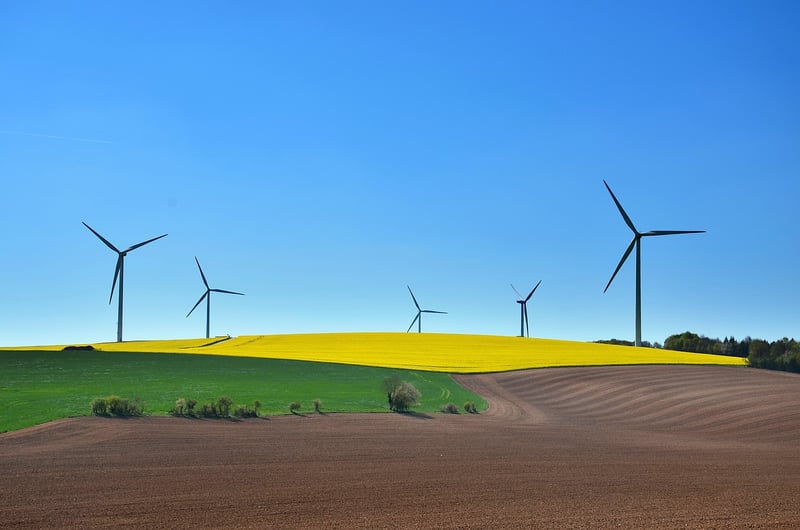Sustainable Landscaping
Eco-Friendly Gardens and Sustainable Landscaping
Welcome to the world of eco-friendly gardens and sustainable landscaping! In today's environmentally conscious world, creating a garden that not only looks beautiful but also benefits the planet is becoming increasingly popular. By implementing sustainable practices in your landscaping, you can reduce your environmental impact, conserve resources, and create a thriving ecosystem in your own backyard.
Benefits of Eco-Friendly Gardens
There are numerous benefits to creating an eco-friendly garden:
- Reduces water consumption
- Supports local wildlife
- Improves soil health
- Reduces chemical usage
- Enhances biodiversity
- Creates a beautiful and functional outdoor space
Key Elements of Sustainable Landscaping
Here are some key elements to consider when designing a sustainable landscape:
- Native Plants: Choose plants that are native to your region as they require less water and maintenance.
- Drip Irrigation: Install a drip irrigation system to deliver water directly to plant roots, reducing water waste.
- Composting: Start a compost pile to recycle organic matter and enrich your soil naturally.
- Permeable Surfaces: Use permeable materials for pathways and driveways to reduce runoff and allow water to infiltrate the soil.
- Rainwater Harvesting: Collect rainwater in a barrel or cistern for irrigation purposes.
- Integrated Pest Management: Implement natural pest control methods to minimize the use of harmful chemicals.
Creating Your Eco-Friendly Garden
Ready to transform your outdoor space into a sustainable oasis? Here are some steps to get you started:
- Assess Your Space: Evaluate your garden area, considering sunlight, soil type, and water availability.
- Choose Native Plants: Select a variety of native plants that will thrive in your specific conditions.
- Reduce Lawn Areas: Minimize the size of your lawn and replace it with drought-tolerant plants or a vegetable garden.
- Implement Water-Saving Techniques: Use mulch to retain moisture, group plants with similar water needs, and install a rain garden to capture runoff.
- Attract Wildlife: Add bird feeders, bee hotels, and butterfly-friendly plants to support local wildlife.
- Maintain Your Garden Sustainably: Practice proper watering, mulching, weeding, and composting to keep your garden healthy and thriving.
Get Inspired
Check out these stunning examples of eco-friendly gardens and sustainable landscaping:


Start your journey towards a greener, more sustainable garden today!
